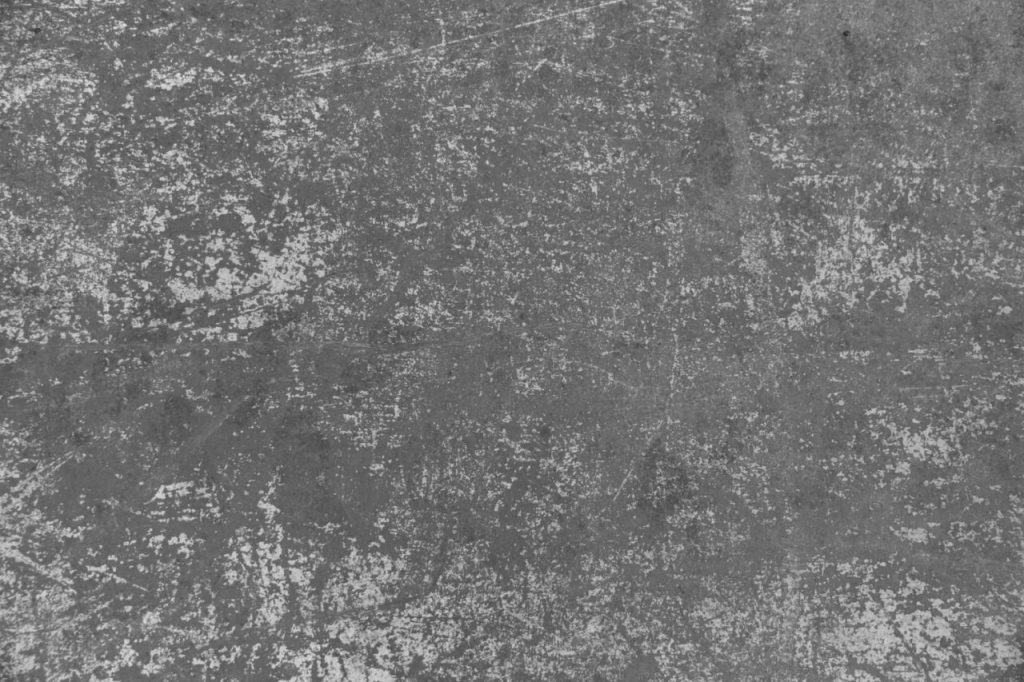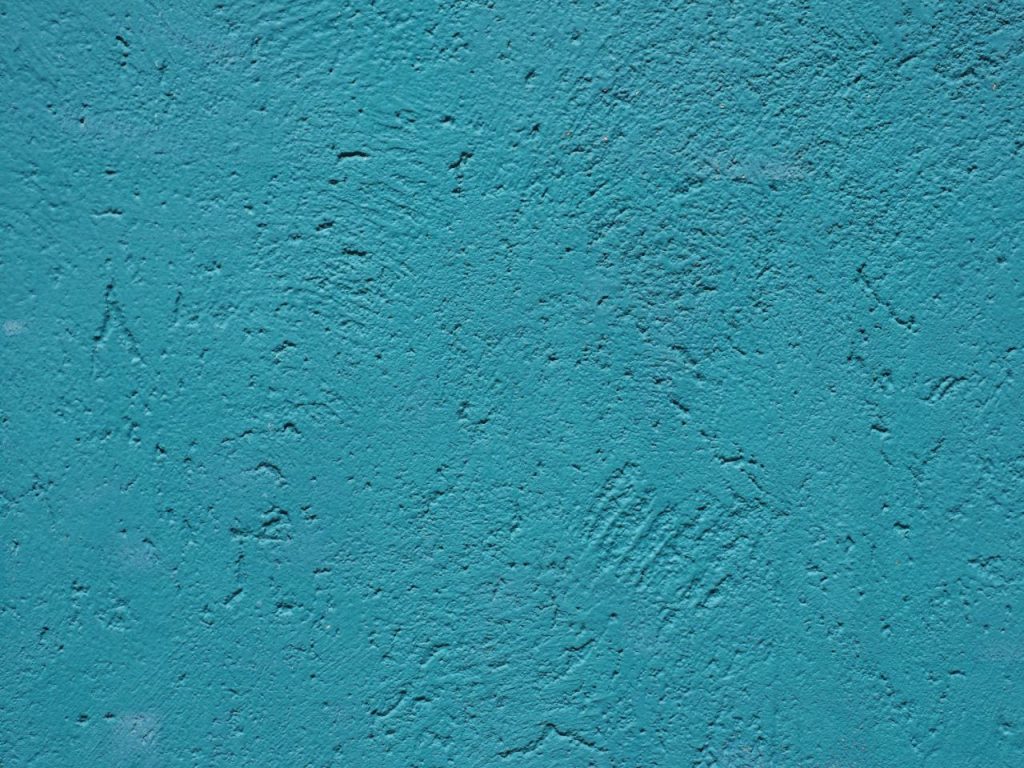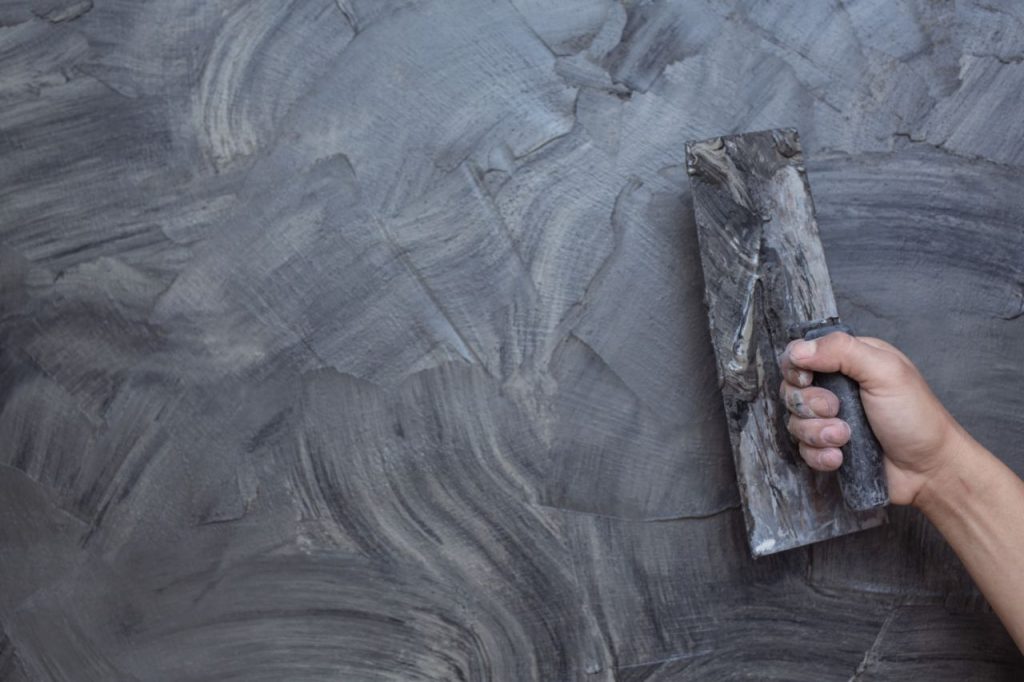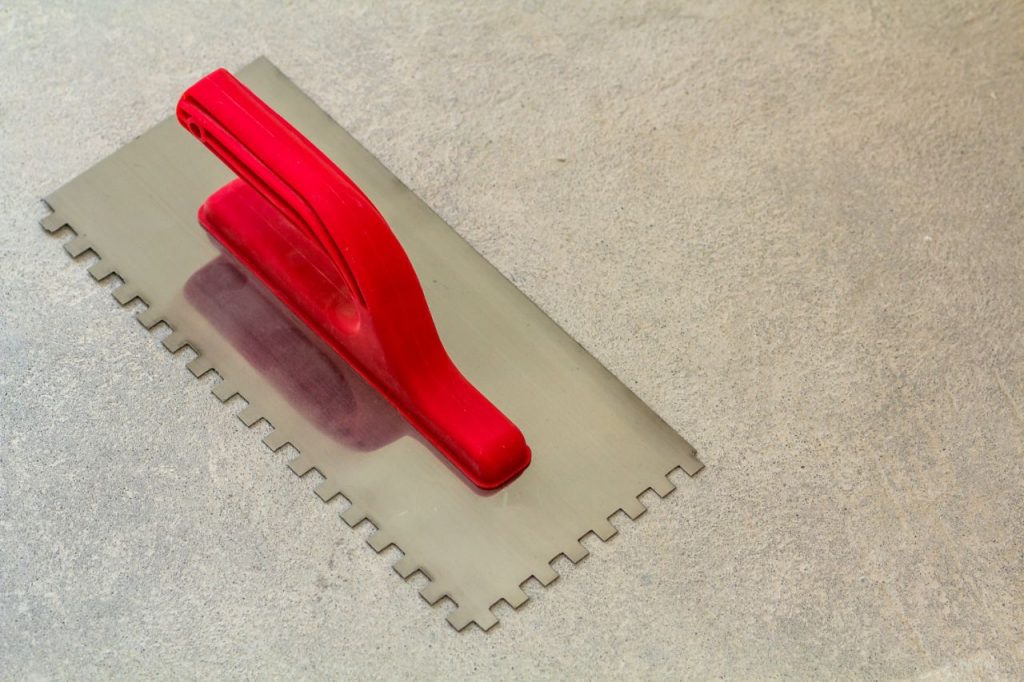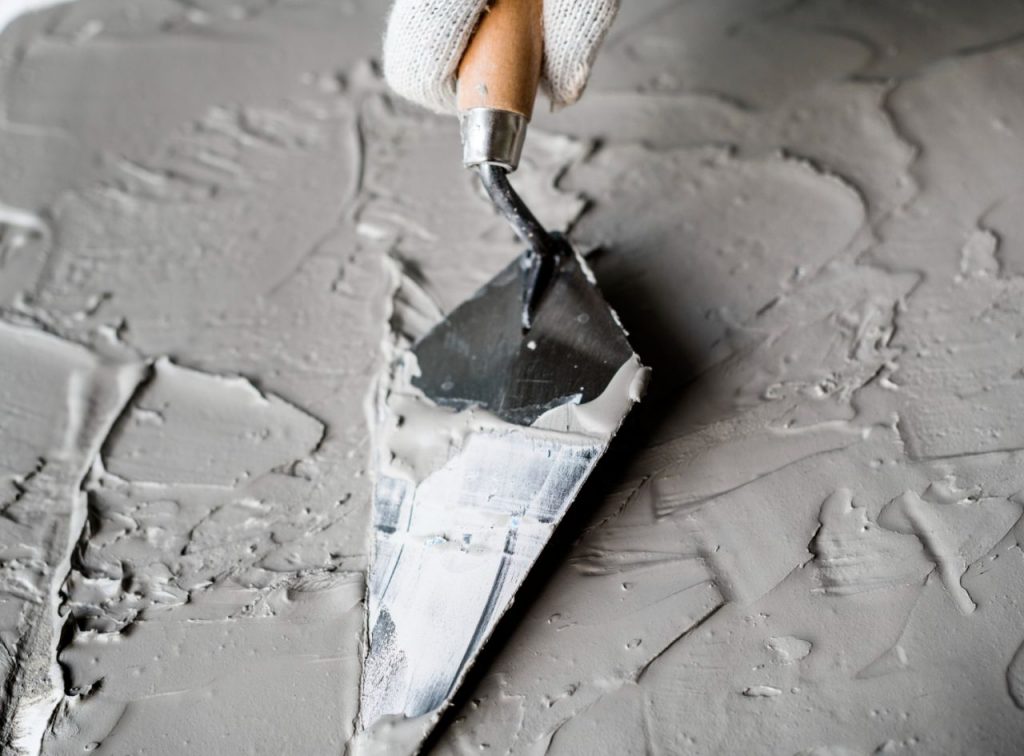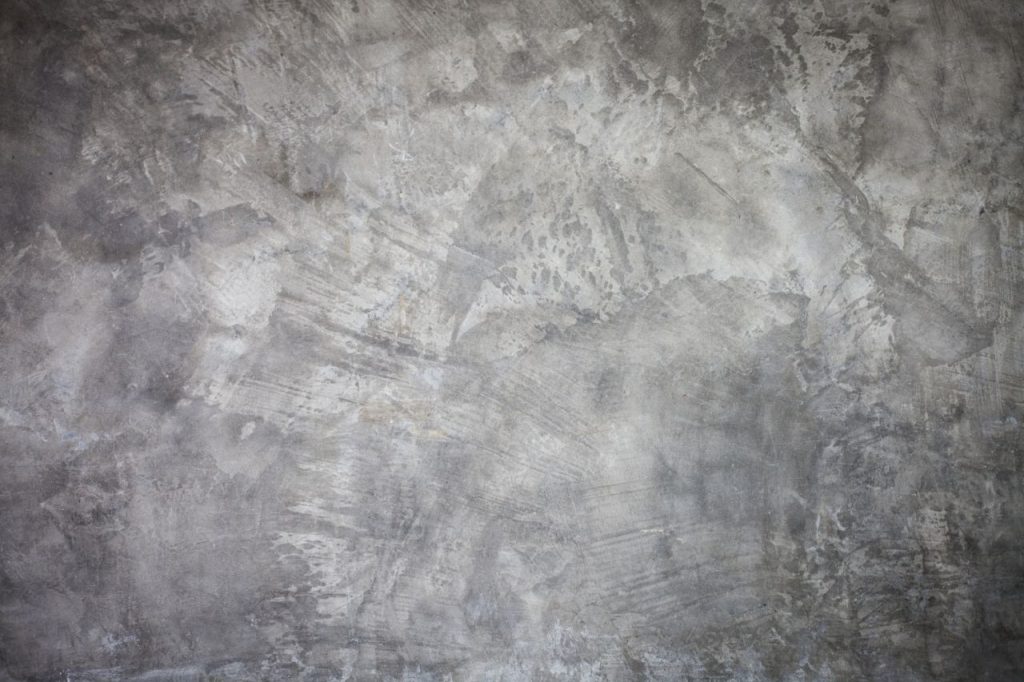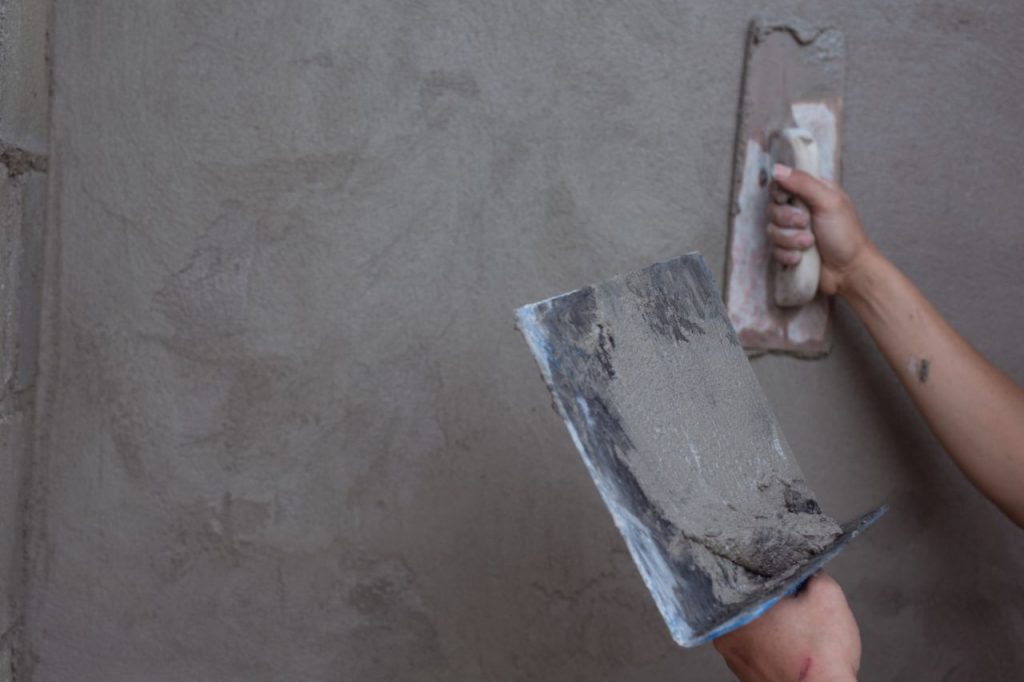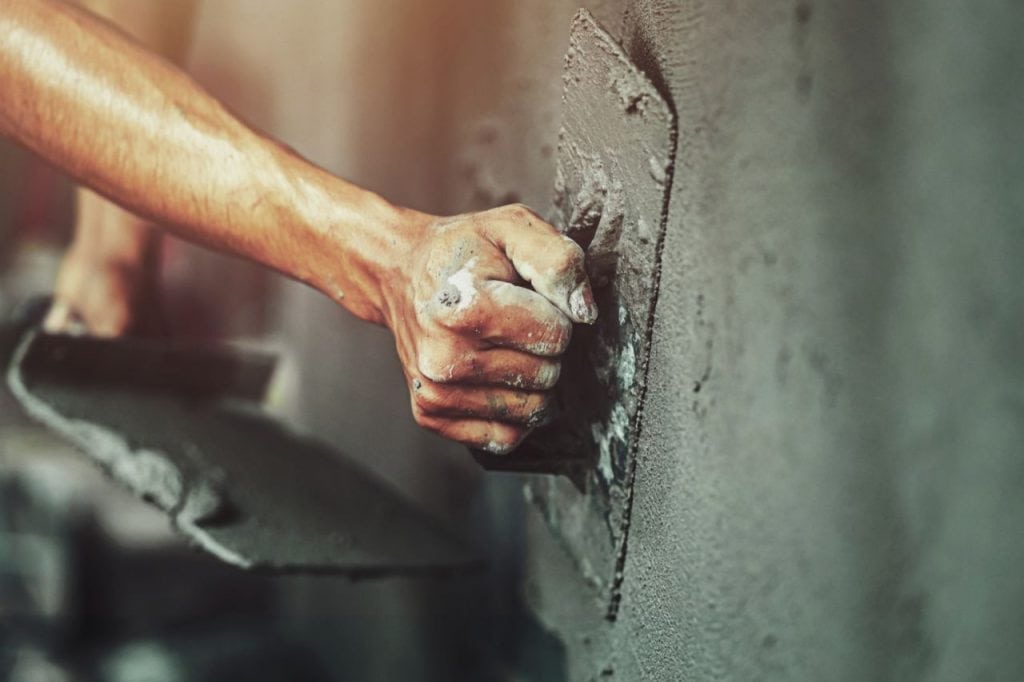In Italy, Venetian plaster has been used for centuries to achieve high-end aesthetics. This high-end material has exploded in popularity in recent years because it can be used to create convincing imitations of marble.
Thin layers of Venetian plaster, which is composed of slaked lime, marble dust, and pigments, create a smooth, glossy finish that mimics the look of real marble.
In this article, we'll discuss the growing popularity of using Venetian plaster to imitate marble, and we'll show you how to do it so that your own home or project can have that classic, beautiful look.
No matter your skill level as a builder, this guide will help you create a beautiful, one-of-a-kind space.
Venetian Plaster with Marble Walls
The ingredients of Venetian plaster are slaked lime, marble dust, and pigments, and it is used as a luxurious decorative finish. In Italy, it has been used for centuries to achieve high-end, elegant results that mimic the look of polished marble.
Venetian plaster, when applied in thin layers, results in a smooth, glossy surface that can be buffed to a high shine.
Venetian plaster is applied in thin, overlapping layers to create a smooth, polished surface, giving the illusion that the wall is made of marble. A polished marble effect can be achieved by sanding or polishing the final product.
This method can be used to imitate any type of marble, from the timeless white of Carrara to the vibrant patterns of veined marble. Combining marble walls with Venetian plaster creates a classic and elegant look that is sure to impress. It's frequently used in modern construction and restoration of older buildings.
There are many different motivations for wanting marble walls with a Venetian plaster finish. The first and most obvious effect of the finish is to endow the room with an air of refined elegance and sophistication.
It can give a space a luxurious, high-end vibe that is at once classic and cutting-edge.
Because of its longevity and low maintenance requirements, Venetian plaster is frequently paired with marble walls. The coating's durability makes it a good pick for frequently used areas. Bathrooms and kitchens can benefit from its water resistance and ease of cleaning.
In addition, a room with Venetian plaster and marble walls is a blank canvas that can be styled to suit any taste. It's versatile, as you can dye it any colour and use it to make any pattern or texture you can imagine. Because of its adaptability, it can be used to create a wide variety of different looks, allowing designers and homeowners to express their individuality and creativity.
Finally, the association of Venetian plaster with marble walls and Italian luxury has contributed to the material's widespread acclaim. The Italians have been using this material to make luxurious interiors and exteriors for centuries. Therefore, the combination of Venetian plaster and marble walls has become a signifier of wealth and prestige.
How expensive are Real Marble Walls with Venetian plaster?
Variables that affect the price of Venetian plaster and marble walls include the square footage to be covered, the degree of design complexity, and the location of the project.
Plaster from Venice, Italy, is often more expensive than regular paint or wallpaper because of its high quality and rarity. For a simple finish, prices can be as low as $10 per square foot, but much higher for elaborate layouts or expansive areas.
The cost of Venetian plaster may rise if the marble effect is added to it, as this requires more skill and time to achieve a realistic look. The marble effect can be expensive, costing anywhere from $10 to $25 per square foot or more.
The unique and sophisticated look that Venetian plaster with marble walls can bring to any space has led to its increased popularity in recent years despite the higher cost.
The marble effect in Venetian plaster is in high demand because it gives the appearance of the far more desirable and enduring natural stone marble.
However, genuine marble can be both costly and difficult to work with, so Venetian plaster with faux marble walls is a common compromise.
Also, people have become more creative with Venetian plaster with faux marble walls because it allows them to give their home a special, one-of-a-kind look.
Walls covered in Venetian plaster and marble can be decorated in a variety of ways, from the traditional white Carrara to more elaborate and colourful designs.
This adaptability permits homeowners and decorators to express their individuality through their home's design.
It takes a lot of skill and attention to detail, but many people find pleasure in the process of creating Venetian plaster with marble walls.
Creating the desired texture and pattern in the plaster requires a highly artistic application process that entails layering the material and manipulating it with specialised tools.
If you like working with your hands and improving your artistic abilities, you may find this process very satisfying.
Venetian plaster with marble walls may be more expensive initially, but the long-term benefits more than make up for the initial investment. Many people also appreciate the artistic challenge of applying Venetian plaster with a marble wall, so this type of finish is popular.
How To Create Faux Marble Walls With Venetian Plaster?
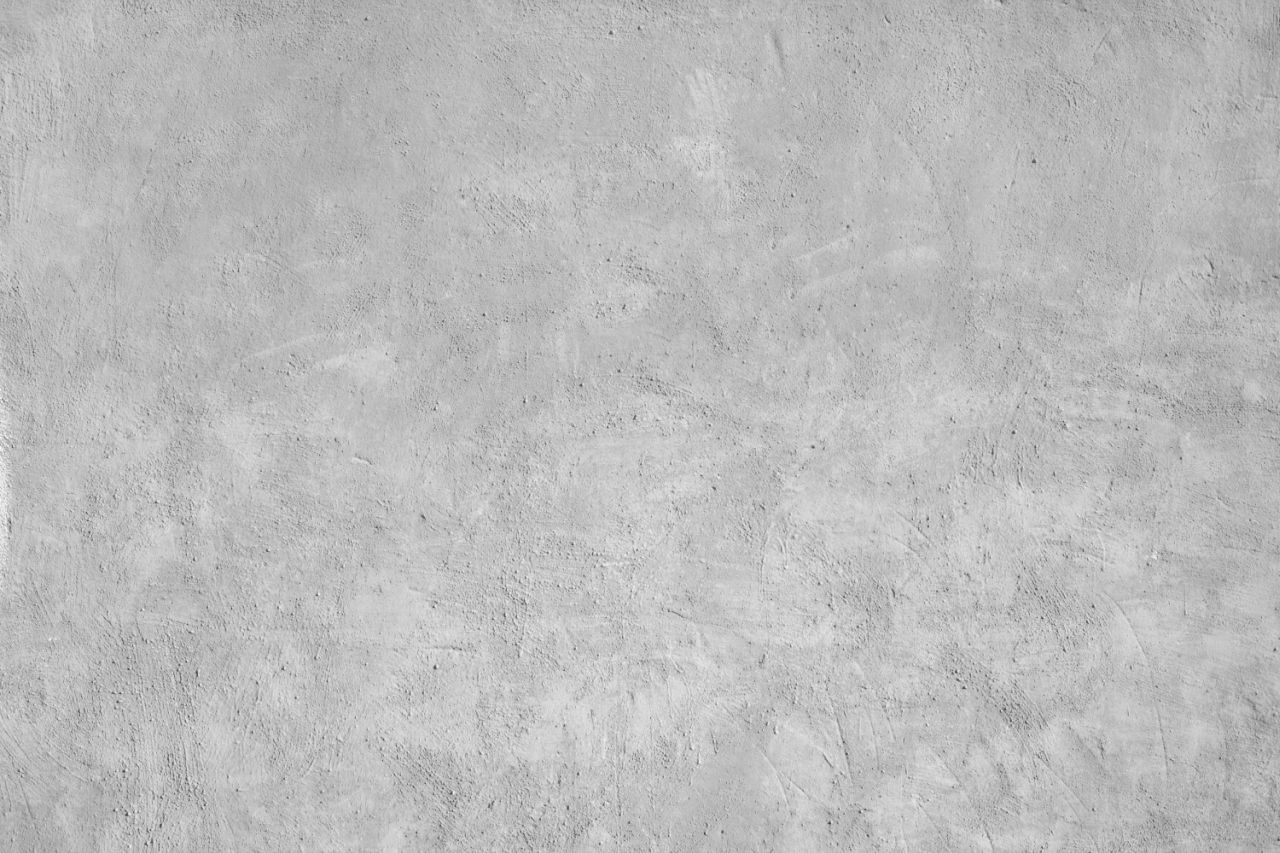
Using Venetian plaster to create the look of marble on your walls is a challenging but potentially rewarding do-it-yourself project. Here are the fundamentals of using Venetian plaster to imitate marble walls:
Choose your colors
Choose the hues that will serve as the basis for your faux marble effect. White, grey, and black are classic marble colours, but you're free to get creative with your colour scheme.
Prepare your walls
Get rid of any clutter that may have accumulated on your walls. The walls should have a base coat of Venetian plaster applied and allowed to dry thoroughly.
Apply the first layer of plaster
Apply the first coat of Venetian plaster in the colour of your choice once the undercoat has dried. Apply the plaster in an even layer using a trowel or putty knife.
Create the marble effect
Use a plastic bag or a feather to make marbleized patterns in the plaster while it's still wet. Make the plaster look like marble by dragging the tool through it in long, sweeping motions to imitate the stone's veins and patterns.
Apply additional layers
To achieve the marble effect, apply additional coats of plaster after the first coat has dried. Don't add a new layer until the previous one is dry.
Finish with a topcoat
A final coat of Venetian plaster will seal in the marble effect once it has been achieved. To further emphasise the plaster's colour, you can apply either a clear coat or a tinted coat.
Polish the finish
Once the clear coat has dried, you can buff it to a mirror finish using a polishing tool. This will enhance the elegance of your faux marble walls.
It takes a steady hand and patience, but the results of a Venetian plaster faux marble wall can be breathtaking. Faux marble is easy to achieve and can transform any room with just a little bit of practise and experimentation.
Other Different Finishes with Venetian Plaster
Venetian plaster can be used to create a variety of looks, not just the ubiquitous fake marble. Other surfaces that can be achieved with Venetian plaster include:
- Metallic: Metallic colours added to traditional Venetian plaster can produce a dramatic and contemporary surface treatment. Metallic colours like copper, gold, silver, and bronze are frequently used because they complement the plaster's rough surface. The result can be muted or striking depending on the colours used.
- Textured: Venetian plaster can be used to create a textured finish that enhances the visual appeal of any wall or other flat surface. Whether you're going for a subtle or dramatic effect, textured rollers, brushes, or trowels can help you get the job done. Create a one-of-a-kind, custom look by combining textured finishes with additional decorative elements like stencils or patterns.
- Matte: A matte finish can make for a sophisticated and classic appearance. A slight lustre is imparted, making the surface look more three-dimensional. Applying a clear varnish or wax over the Venetian plaster surface will give it a matte appearance. Matte finishes are equally at home in ultra-minimalist spaces as they are in more traditional homes.
- Glossy: Venetian plaster can be polished to a high sheen if that is the look you're going for. This sheen is created by applying a wax or polish designed specifically for this purpose. Glossy finishes are ideal for modern settings or places where you want to make a big statement.
- Patina: The patina coating gives the item an aged and classic appearance. Layers of coloured wax are applied on top of the Venetian plaster to give it an aged and worn look. Patina finishes are great if you're going for an industrial or rustic look.
Because of its adaptability, Venetian plaster may be used to produce a broad variety of surface treatments.
Venetian plaster allows for an almost infinite variety of ornamental finishes, including but not limited to metallic, textured, matte, glossy, and patina. Venetian plaster can be easily adapted to suit a wide range of aesthetic goals, from the ultra-contemporary to the classically elegant.
What Do Experts Say About Creating Faux Marble Walls With Venetian Plaster
Experts in ornamental painting and plastering have contributed their knowledge and techniques for creating faux marble walls using Venetian plaster, a method that has gained popularity in recent years.
Experts stress the significance of using appropriate colour schemes as one of the most crucial variables. To achieve the authentic and elegant appearance of natural marble, tones of white, grey, and black should be chosen.
In addition, a well-polished look may be achieved by coordinating the colour scheme with the rest of the room's furnishings.
A professional appearance can also be achieved by investing in high-quality materials. If you want a finish that lasts and looks great, experts say to use high-quality Venetian plaster, specialist tools, and a clear topcoat.
A cheap-looking finish that won't last long is the result of skimping on materials.
Faux marble walls can be created with Venetian plaster with some experience, according to the experts. It's always a good idea to start with a little area so you can acquire a feel for the materials and technique before moving on to a larger one.
Working in small increments and swiftly manipulating the plaster before it hardens are essential to achieving the marble impression.
To obtain a natural appearance, professionals recommend beginning at the ceiling and working down in small portions.
Spraying water on the plaster while you work might also make it easier to manipulate.
The veins and patterns of natural marble can be replicated with the help of specialist equipment such as a plastic bag, feather, or trowel, as is recommended by professionals.
To achieve distinctive and individual looks, try out a variety of tools.
Having patience is also essential when using Venetian plaster to create the illusion of marble walls. It takes time to apply multiple thin layers of plaster to obtain depth and dimension, and each layer must dry before the next can be applied.
If you try to rush through it, you can end up with a poor product.
Lastly, after the last coat of plaster has dried, it is advised that the finish be polished using a specialist tool.
This improves the overall look of the finish and makes it seem more expert.
Anyone can learn to use Venetian plaster to create the look of marble walls by following these guidelines from professionals.
Although it may take time and effort to perfect the technique, the ultimate result may be a stylish and elegant addition to any room.
Conclusion
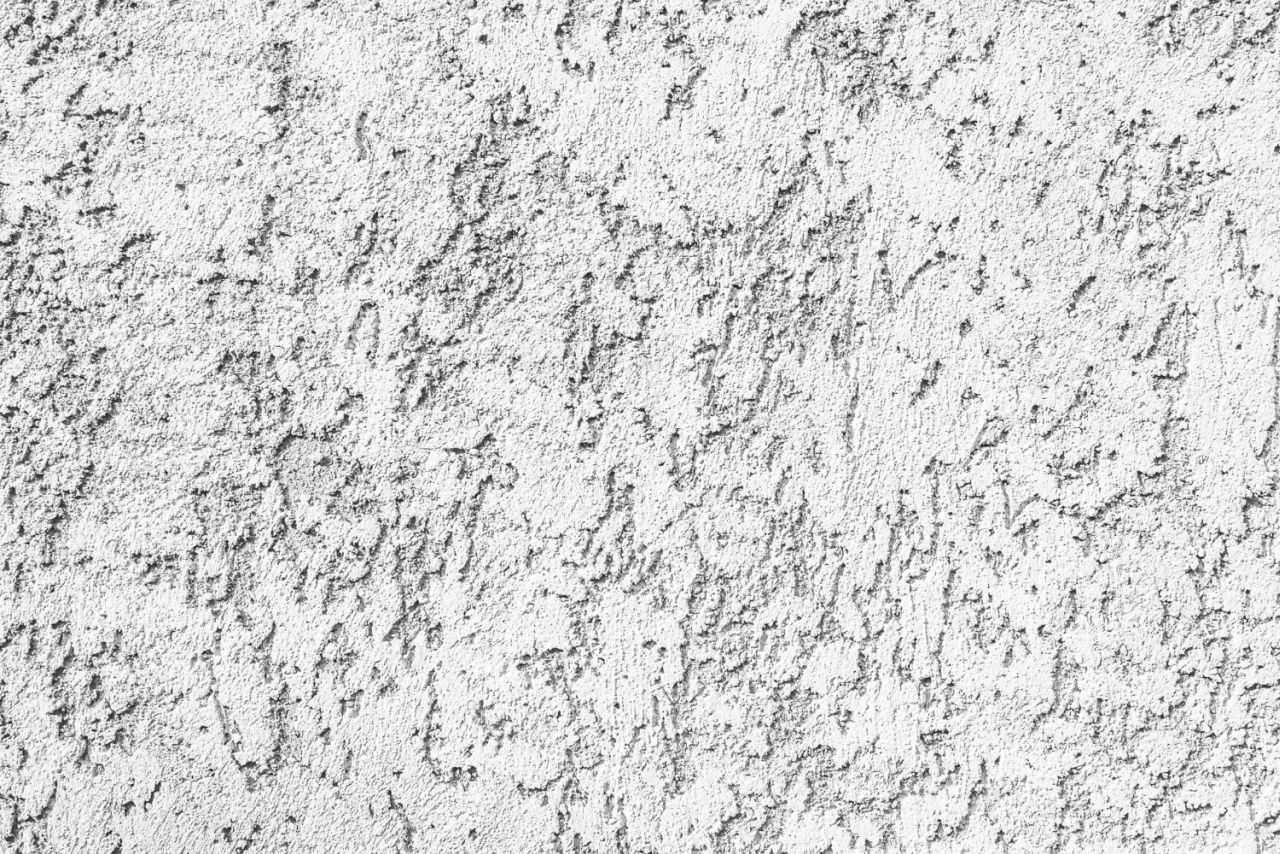
Marble imitations made of Venetian plaster have been around for centuries.
Thin layers of this mixture of slaked lime, marble dust, and pigments produce a smooth, shiny surface that can be buffed to a mirror finish.
It is widely used in contemporary building and restoration projects because of its versatility and ability to mimic any kind of marble, from Carrara to veined marble.
Because of its durability and ease of care, it is a good option for high-traffic rooms like kitchens and bathrooms.
Plaster and marble walls from Venice are adaptable and can be used to make a wide range of aesthetic statements.
The high quality and scarcity of these materials means they are typically more expensive than standard paint or wallpaper. Since it mimics the look of the more expensive and finicky marble found in natural stone, the Venetian plaster marble effect is in high demand.
Since Venetian plaster with faux marble walls allows homeowners to express their unique styles, there has been a surge in inventive interior design.
DIYing Venetian plaster with marble walls is a difficult but rewarding project that calls for a high level of skill and attention to detail. Choose the right colours, prepare the walls, apply the first layer of plaster, create the marble effect, apply additional layers, finish with a topcoat, and buff the finish to a mirror finish to achieve the desired texture and pattern in the plaster.
Using Venetian plaster with marble walls is an investment that will pay off in the long run. Numerous finishes, such as faux marble, metallic, textured, matte, glossy, and patina, are possible with Venetian plaster.
Surface treatments utilising metallic colours, such as copper, gold, silver, and bronze, can be both eye-catching and cutting-edge.
Adding texture to a wall or other flat surface is a great way to make it more visually interesting.
A matte finish can be used to create a timeless and elegant look.
With practise, you can make your walls look like they were made of marble.
To achieve a natural look, experts advise working in small increments and quickly manipulating the plaster before it hardens. The veins and patterns in natural marble can be imitated with the help of specialised tools like a plastic bag, feather, or trowel.
Using Venetian plaster to imitate marble requires not only skill, but also patience. Once the final coat of plaster has dried, it can be polished with a specialised tool to bring out its full aesthetic potential.
Content Summary
- In Italy, Venetian plaster has been used for centuries to achieve high-end aesthetics.
- This high-end material has exploded in popularity in recent years because it can be used to create convincing imitations of marble.
- Thin layers of Venetian plaster, which is composed of slaked lime, marble dust, and pigments, create a smooth, glossy finish that mimics the look of real marble.
- No matter your skill level as a builder, this guide will help you create a beautiful, one-of-a-kind space.
- In Italy, it has been used for centuries to achieve high-end, elegant results that mimic the look of polished marble.
- Combining marble walls with Venetian plaster creates a classic and elegant look that is sure to impress.
- There are many different motivations for wanting marble walls with a Venetian plaster finish.
- In addition, a room with Venetian plaster and marble walls is a blank canvas that can be styled to suit any taste.
- Finally, the association of Venetian plaster with marble walls and Italian luxury has contributed to the material's widespread acclaim.
- Variables that affect the price of Venetian plaster and marble walls include the square footage to be covered, the degree of design complexity, and the location of the project.
- The unique and sophisticated look that Venetian plaster with marble walls can bring to any space has led to its increased popularity in recent years despite the higher cost.
- Using Venetian plaster to create the look of marble on your walls is a challenging but potentially rewarding do-it-yourself project.
- Get rid of any clutter that may have accumulated on your walls.
- Use a plastic bag or a feather to make marbleized patterns in the plaster while it's still wet.
- A final coat of Venetian plaster will seal in the marble effect once it has been achieved.
- It takes a steady hand and patience, but the results of a Venetian plaster faux marble wall can be breathtaking.
- Venetian plaster can be used to create a variety of looks, not just the ubiquitous fake marble.
- Venetian plaster can be used to create a textured finish that enhances the visual appeal of any wall or other flat surface.
- Applying a clear varnish or wax over the Venetian plaster surface will give it a matte appearance.
- Because of its adaptability, Venetian plaster may be used to produce a broad variety of surface treatments.
- Venetian plaster can be easily adapted to suit a wide range of aesthetic goals, from the ultra-contemporary to the classically elegant.
- Experts in ornamental painting and plastering have contributed their knowledge and techniques for creating faux marble walls using Venetian plaster, a method that has gained popularity in recent years.
- Experts stress the significance of using appropriate colour schemes as one of the most crucial variables.
- In addition, a well-polished look may be achieved by coordinating the colour scheme with the rest of the room's furnishings.
- A professional appearance can also be achieved by investing in high-quality materials.
- If you want a finish that lasts and looks great, experts say to use high-quality Venetian plaster, specialist tools, and a clear topcoat.
- Faux marble walls can be created with Venetian plaster with some experience, according to the experts.
- To obtain a natural appearance, professionals recommend beginning at the ceiling and working down in small portions.
- To achieve distinctive and individual looks, try out a variety of tools.
- Having patience is also essential when using Venetian plaster to create the illusion of marble walls.
- This improves the overall look of the finish and makes it seem more expert.
- Anyone can learn to use Venetian plaster to create the look of marble walls by following these guidelines from professionals.
Frequently Asked Questions About Plaster
Plastering in the Venetian style (also known as Italian plastering) involves creating a marble-like finish on a surface. The natural look and the illusion of texture and patterns offered by Venetian plaster contribute to its classy and elegant appearance.
Venetian plaster is suitable for use in humid environments, such as bathrooms. However, a protective sealer should be applied to avoid water damage and discoloration.
It takes more than just a few YouTube videos to learn how to apply Venetian plaster like a pro. To get the best results from Venetian plaster, it's best to hire a professional.
Providing it is applied and maintained properly, Venetian plaster can last for many years. It is a durable material for interior finishes because it does not easily crack, chip, or fade.
Venetian plaster can be coloured and textured in a wide variety of ways. When mixing the plaster, pigments can be added to change the colour. It's worth keeping in mind that factors like application method and ambient lighting can affect how a colour turns out.



